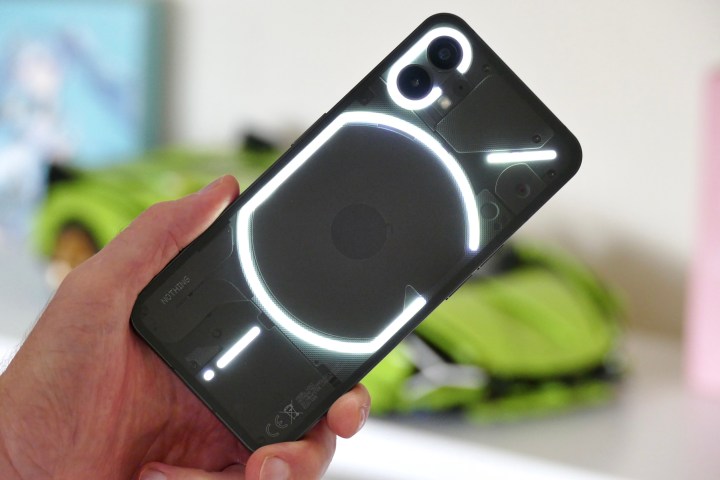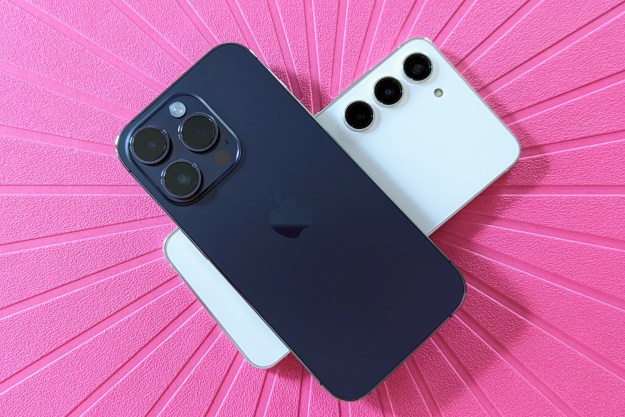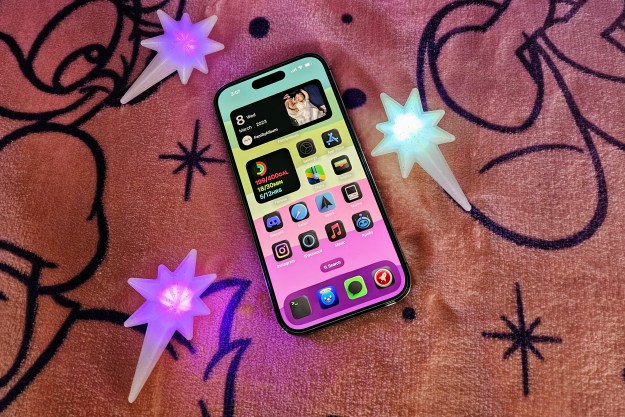The Nothing Phone 2 will hit store shelves later this year, and as the brand inches closer to the big day for its highly anticipated phone, it has started drip-feeding the hype around it. Most recently, Nothing co-founder and CEO Carl announced on Twitter that the upcoming phone will draw power from Qualcomm’s Snapdragon 8+ Gen 1 chipset.
Now, this isn’t the latest mobile silicon in Qualcomm’s arsenal, as phones armed with the newer and faster Snapdragon 8 Gen 2 — like the OnePlus 11 and Galaxy S23 Ultra — are already out there. However, the jump to a Snapdragon 8 series would still be a huge upgrade, as the Nothing Phone 1 made its way to the market rocking the decidedly midrange Qualcomm Snapdragon 778G+ processor.
That particular chip is based on TSMC’s 6nm fabrication node, while the Snapdragon 8+ Gen 1 switches to the more advanced 4nm node. In simple terms, that means a huge boost in raw performance and energy efficiency. Pei says the Nothing Phone 2 is twice as fast as its predecessor and that it brings a massive 80% jump in raw firepower.
In addition to brute performance gains, the switch to a Snapdragon 8 series also brings crucial improvements across the board, such as more efficient battery juice consumption, faster wireless connectivity, and — more importantly — a notable boost in camera capabilities. For example, the 18-bit Image Signal Processor (ISP) that comes bundled with the Snapdragon 8+ Gen 1 is capable of capturing and processing 4,000 times more light data than what the Snapdragon 778G+ inside the Nothing Phone 1 allowed.

That means not only image and video quality are going up, but users will be treated to more camera tricks — such as 4K 60 frames-per-second (fps) video capture, which would otherwise require a faster imaging chip in the first place. Qualcomm also tends to deliver a smoother, more efficient experience with the iterative Plus version of its flagship chips compared to the first-gen flagship mobile processor.
In this case, the Snapdragon 8 Gen+ 1 actually sounds like a better deal, not just from a cost perspective, but it also shapes up to be a more practical option. Nothing already did an incredibly good job optimizing the Nothing OS experience while still fitting a midrange chip inside the Nothing Phone 1.
With a far more capable chip at its heart, the Nothing Phone 2 looks set to surpass those quality benchmarks. I am really excited to see the price bracket in which the phone gets slotted. If Nothing manages to put the Nothing Phone 2 in the same bracket as the Samsung Galaxy S23, Google Pixel 7, or even the Apple iPhone 14, it would make for a really compelling option — especially in the U.S., where the competition is far less aggressive than the saturated Asian markets.
Editors' Recommendations
- Nothing Phone 2: news, release date and price rumors, and more
- If you like cheap phones, you’ll love these 2 new Moto G options
- Excited for the iPhone 15 Pro? You have to see these new renders
- Want to turn your iPhone into a Galaxy S23? This app is for you
- If you can’t stand ads on Instagram, you’re going to hate this update




